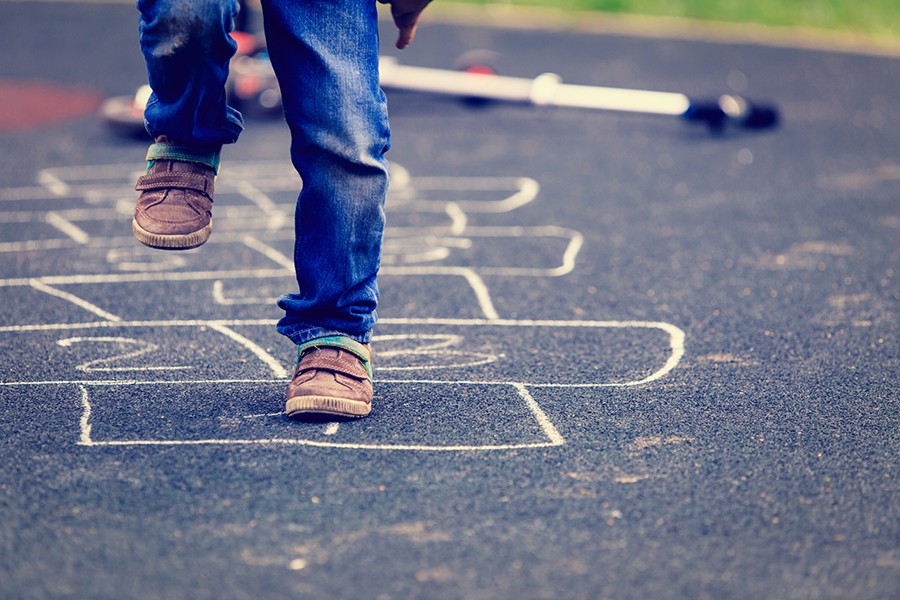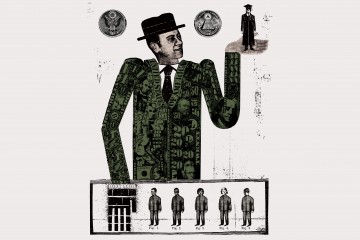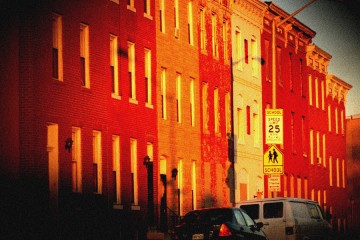The quality of the neighborhood in which a child grows up has a significant impact on the number of problem behaviors he or she display during elementary and teenage years, a study led by researchers at the Johns Hopkins Bloomberg School of Public Health suggests.
The findings, published online in the November issue of Social Science and Medicine, indicate that neighborhood quality has significant and long-term effects on child and adolescent problem behaviors, findings that can help inform national, state, and local housing policy and community investment decisions.
Past studies have shown that externalizing behaviors—or problem behaviors that are directed toward the external environment, such as fighting, stealing, destroying property, or refusing to follow rules—affect 6 to 7 percent of children in industrialized western societies, a rate that increases with age. Many children with these problems continue to be disruptive and exhibit problems into adolescence.
For the study, conducted between 1997 and 2007 on 3,563 children, parents rated their neighborhoods on as either "excellent," "very good," "good," "fair," or "poor" for raising children on a 0-20 scale, with 0 being poor and 20 being excellent. Over the decade of follow-up for the study, parents completed questionnaires about their child's behavior, with possible values ranging from 0-20. The researchers found that children between ages 7 and 12 had significantly more serious behavior problems if they lived in neighborhoods that their parent rated as "poor" for raising children, compared to those living in the "excellent" neighborhoods. The average problem behavior score was 4, and externalizing problem behavior scores were 1.7 points lower for those in "excellent" neighborhoods.
The lower levels of behavior problems among adolescents in better neighborhoods was primarily explained by lower levels of parental distress and family conflict. Parents' ratings of neighborhood quality were not associated with externalizing behaviors among children 6 and younger.
These behaviors predict more serious adverse outcomes later in life, such as substance abuse, delinquency, and violence, explains study leader Anne Riley, a professor in the Department of Population, Family, and Reproductive Health at the Bloomberg School. Previous studies have linked poor neighborhood quality to a higher risk of these behaviors, she adds.
Riley notes that the connection between neighborhood effects and a child's age might be simply a function of time—the longer a child is exposed to their environment, the stronger that environment's influence is likely to be. Additionally, having better family conditions might buffer the effects of a poor quality neighborhood, or strengthen the effects of a good neighborhood.
A striking result for the study, she adds, is that most caregivers were well aware that they lived in a neighborhood that wasn't the best environment for raising children. Other research has shown that many are unable to leave due to circumstances such as cost of quality housing, proximity to jobs, or, for minority families, the difficulty of living in unfamiliar communities. As income inequality has grown over the past several decades, Riley explains, many parents are forced to raise their children in places that feel chaotic or unsafe, circumstances that are far from ideal for development. Future studies will be necessary to assess whether housing programs currently in place mitigate these factors and lead to fewer externalizing behaviors in at-risk children.
"I think this is a wakeup call for understanding the power of neighborhoods to contribute to the crime and behavior problems that we see in our society," she says. "Our results suggest that neighborhood effects are something that we need to tune into in a much more explicit and purposeful way."
Posted in Health, Politics+Society
Tagged sociology, child development












